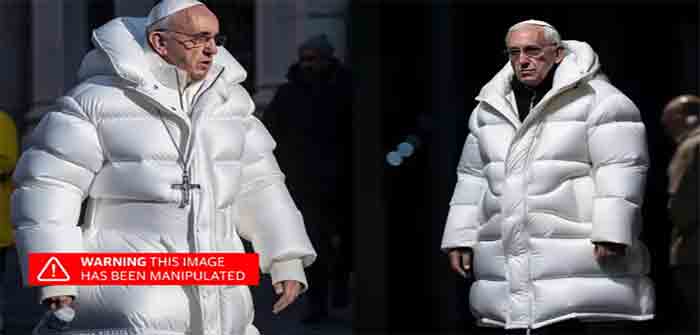
by Alex Hern at The Guardian
AI-generated images are getting better and better, but there are still some telltale signs you can check.
Hands and limbs
Most people have five fingers on each hand, two arms and two legs. Many AI generators get a bit more carried away. State-of-the-art technology is better at hands, with six fingers or undifferentiated claws now somewhat rare, but in any group scene, pay attention to figures in the background: there’s likely to be a surplus of legs, some gnarly looking hands, or an arm slung around a body-less shoulder.
Words
Image generators are not text generators, and creating pictures with elements that look like text is a very different job to creating actual readable text. Misspelled words, letters that blur together and mysterious characters can all be good signs.
Hair
Human hair is made of strands that flow from the head down. AI hair strands often have a less defined start and finish, and can look painted up close. Watch out, though – normal image compression can also do funny things.
Symmetry
In the real world, objects often come in pairs or groups. Think about earrings or cutlery: it’s an unusual situation to find mismatches. Some AI systems can forget what’s happening on the left side of a face once it comes time to render the right.
Textures
Repeated patterns, fabrics and textures are notoriously difficult to render. In the real world, bricks tend to be a uniform size and shape across an entire building, while the floral print on a wallpaper will be stroke-for-stroke identical each time it repeats. Helpfully, this is one sign where a small variation is more likely to be fake than a large one: botched needlework might lead to a skewwhiff pattern on a dress, but it is unlikely to result in a gingham print being different at the top of the leg from the bottom.
